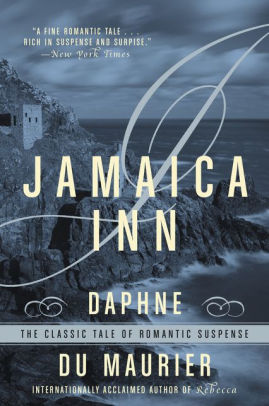The narrator of Rachel Cusk's Outline is a professional writer traveling to Athens to lead a writing workshop for a few weeks. The plot, such as there is one, unfolds over the course of several conversations: with a man she sits next to on the plane, with a fellow workshop leader, with her students, with friends, with other writers, with strangers. These people all tell the narrator about their lives, their families, their parents, and frequently, their divorces and other failed relationships. Outline begins from the very basic observation that stories are a way of self-fashioning, that there is no "real story," but that we create our identities through the way we talk about ourselves.
As a writer, she's prone to see through the stories of some of her interlocutors. For example, she's suspicious about her plane neighbor's assertion that his second wife locked his son, from his first marriage, in the frightening darkness of their underground wine cellar. Yes, he admits, that wasn't quite the whole story: it was his son's assertion, the wife denied it, and the son is deeply mentally troubled in a way that extends even to violence. But the detail is a necessary one, because it builds the man's understanding not only of his past but of his son, his wife, himself.
It's hard to explain why Outline is so engaging. Much of it is thanks to Cusk's writing, which is psychologically sharp and, when reflecting on the inner lives of men and women, metaphorically rich. It can be too rich, sometimes--unless you believe that all Greeks really are preternaturally articulate--but Cusk makes the conversations seem entirely natural. The plot flouts traditional notions of storytelling in just the way that many of the writer-characters find suspicious; there is no inciting incident, no climax, no sense of progression or movement at all. But I've read few moments this year as genuinely distressing as when, at the very end of her first writing workshop, one of the participants stands up to tell the narrator she's a bad teacher:
Each member of the group had now spoken, except for one, a woman whose name on my chart was Cassandra and whose expression I had watched grow sourer and sourer as the hour passed, who had made her displeasure known by a series of increasingly indiscreet groans and sighs, and who now sat with her arms implacably folded, shaking her head. I asked her whether she had anything, before we concluded, to contribute, and she said that she did not. She had obviously been mistaken, she said: she had been told this was a class about learning to write, something that as far as she was are involved using your imagination. She didn't know what I thought had been achieved here, and she wasn't all that interested in finding out. At least Ryan, she said, had taught them something. She would be asking her organisers to refund her money, and would make damn sure they got her feedback. I don't know who you are, she said to me, getting to her feet and collecting her things, but I'll tell you one thing, you're a lousy teacher.
I'm reacting to this moment, of course, as a teacher. I think even if the snottiest and most truculent student said this to me I would wither into dust. The fear is existential; I don't think of myself even as a teacher primarily, but I've spent eleven years of my life doing it, and if I'm a lousy one, who am I at all? The narrator says it has caused her to "feel like nothing, a non-entity, even while she was giving me, so to speak, her full attention." Of course, that's the central problem of Outline: the narrator really is a non-entity. She evokes from people detailed and articulate accounts of their own lives, but her own life is repressed from the narrative. She materializes as a character only by contrast, as the gap created by these stories that surround her. She admits that something has obliterated her ability to tell the story of her own life, and that she is no longer confident in articulating who she is or what her life has been. The people she meets "outline" their lives for her, but she herself is an "outline," something not filled in. Because of a brief, oblique reference to 9/11, I thought for a moment that her husband, or a loved one, had died, but I think it's only a divorce--her narrative is so buried in the narrative, it's easy to grasp at straws like that one.
You wouldn't say she's an "unreliable narrator," but the narrator she reminded me of most was Nick Carraway from The Great Gatsby. They live in very different books, and they have different motivations, but they are both self-annihilators, and they let other people fill in the immense gaps their annihilation leaves. Nick doesn't know it's a tragedy, but Faye--her name is given only one--certainly does.










